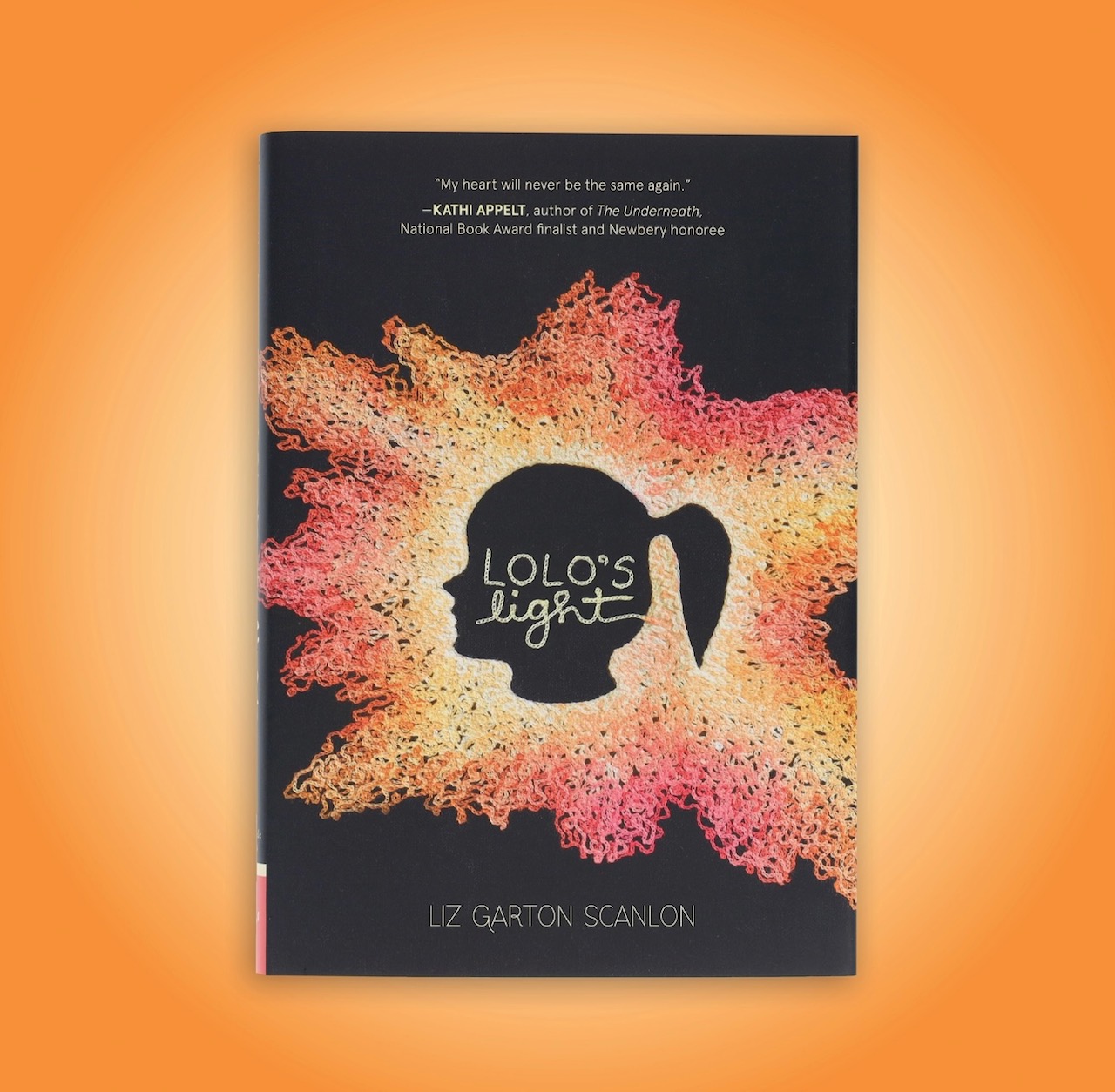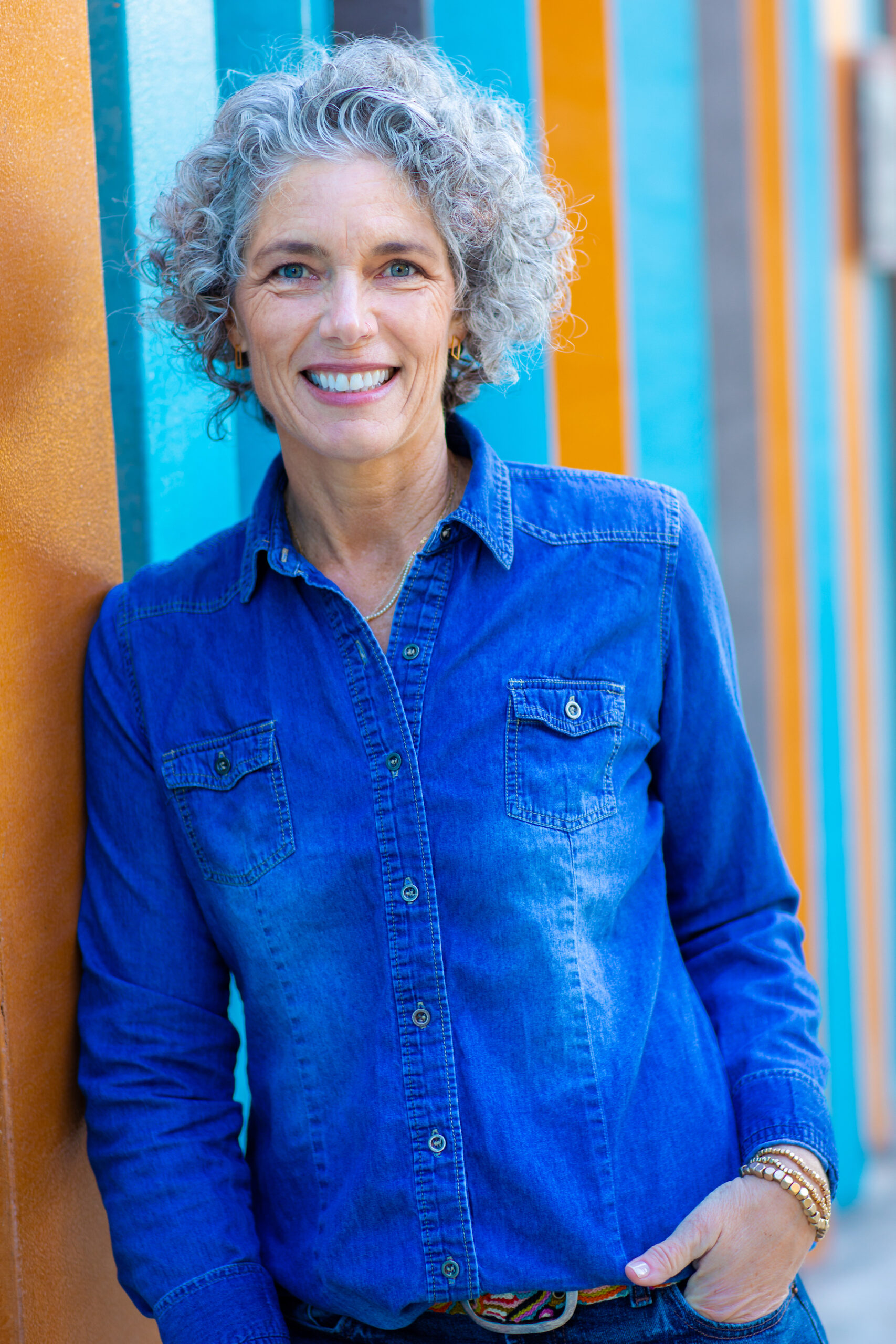Since the near loss of my mother more than eight years ago, I’ve found comfort in novels as well as nonfiction titles that tackle the universal yet unique experience of losing someone you love. When pursing my MFA in Writing for Children and Young Adults at Vermont College of Fine Arts a few years ago, I studied grief some more, focusing on the use of different kinds of humor in grief novels for my critical thesis and grad lecture. Losing my mother nearly six months ago, I appreciate stories that confront death and its impact on those who remain more than ever. I am also fortunate to be able to embrace the sadness and surreality of losing my mother, and to have family and friends and a wonderful bereavement group who support my attempts to express my evolving thoughts and feelings about this profound experience. So many in society often don’t know what to do or say when they or someone they love experience a loss. If it’s difficult for adults, it’ll likely be even tougher for children. And if there’s anyone who can tackle themes of grief and redemption in a sensitive and resonant way for children and the adults in their lives, it’s Liz Garton Scanlon. I had the pleasure of meeting and working with her at VCFA, and cannot wait to read her latest middle grade novel. Here’s a brief description of LOLO’S LIGHT:
This is a truth about growing up: Once in your life, sometime after your first memory but before you drive a car, something will happen to you that doesn’t happen to anyone else you know. It might be something good. It might be something bad, or special, or funny, or shocking. For Millie, it’s something really sad. Lolo, her neighbors’ infant daughter, dies unexpectedly, suddenly, inexplicably, on the night Millie babysits.
It’s not Millie’s fault. There’s nothing she could have done. And there’s nothing she can do now.
So how does she go on?
She does what you’ll do. She finds her way.
Lolo’s Light has already garnered stars from Publisher’s Weekly, Kirkus Reviews, and BookPage. I had the pleasure of doing a Q & A with this lovely and talented author and educator. Read on to learn more about Garton Scanlon’s latest work and her writing life.
 What inspired you to write Lolo’s Light, and how long did the middle grade take for you to write from start to finish?
What inspired you to write Lolo’s Light, and how long did the middle grade take for you to write from start to finish?
The narrative arrived in sort of a dream state (yes, I’m a pantser, not a plotter) but I do have a mission to be evermore honest with kids than anyone ever was with me. (I say that without judgement — adult-child relationships evolve and open and deepen with each generation.) As for time? I am a slow writer — and a slow reader, too. Some people publish a novel every year, and mine are six years apart. I haven’t found a shortcut that works for me.
How has the seemingly never-ending pandemic influenced your writing life in terms of subject matter and process?
When I began writing a book that grappled with grief, I had no idea the collective gief we’d all be holding and sharing before too long. In a concrete way, the pandemic shrunk my writing space as everyone else came home for work and school, but more importantly, everyone (literally everyone) was cracked open and laid bare. I hope Lolo’s LIght reflects that.
 You write everything from picture books to middle grade novels in prose and poetry. What are the joys and challenges of each genre you write in?
You write everything from picture books to middle grade novels in prose and poetry. What are the joys and challenges of each genre you write in?
Moving between forms and audiences wakes me up, keeps me curious and hugely humble. It isn’t so much that each form demands unique skills (although, yes) but that moving between them keeps me on my toes. I am (I’m kind of ashamed to admit) easily bored. This is how I stay in the game.
What are the secrets of your success when it comes to balancing writing (both drafting and revising) and teaching at our beloved Vermont College of Fine Arts?
Well, I’m going to be honest; sometimes I’m decidedly unbalanced. Writers are essentially freelancers, and we tend to say yes to opportunities, no matter the overwhelm. Thank goodness for block scheduling and sleep. And, I aim for balance across each week rather than across each day. That helps.
What are must-haves for your desk or work space when drafting and revising?
Natural light, coffee, and Rodale’s The Synonym Finder.
What do you like to do in your leisure time to be in the world and spark your creativity?
This might sound both simple and clichéd, but I know that you of all people understand: I need fresh air and movement. A good hike or run is as essential to me as a pencil. Not just for working out plot puzzles, but for my bottom line human well-being. Fresh air and movement.
What are three craft books you can’t live without? (And how do you use them/what do you most love about them?)
I use craft books very sparingly. I do better with inspiration and support than actual instruction. (I love Dear Genius for inspiration and Art & Fear for support.) But I do recommend The Magic Words (Klein) as a desktop reference, and Story Genius for pantsers who want a handhold through the forest.
Liz Garton Scanlon is the author of numerous beloved books for young people, including the highly acclaimed, Caldecott Honor–winning picture book All the World, illustrated by Marla Frazee; two novels for middle grade readers; an upcoming chapter book series, and many others. Liz serves on the faculty of the Vermont College of Fine Arts, and is a frequent and popular presenter at schools, libraries, and conferences. She lives with her family in Austin, Texas. Visit her website here, on Twitter, or on Instagram.
Elisa Zied a writer for young people. She holds an MFA in Writing for Children and Young Adults from Vermont College of Fine Arts and an Advanced Graduate Certificate in Children’s Literature from Stony Brook Southampton. She also earned a BA in psychology from University of Pennsylvania and an MS in clinical nutrition from New York University. Before embarking on a fiction writing career, she garnered millions of media impressions as a nutrition expert, spokesperson, and freelance health and nutrition writer. She also authored four award-winning nutrition titles including Younger Next Week (Harlequin Nonfiction, 2014) and Nutrition At Your Fingertips (Alpha Books/Penguin, 2009). She lives in New York City with her husband and two sons and is an avid walker, music lover, and extremely amateur photographer.
Recent Comments